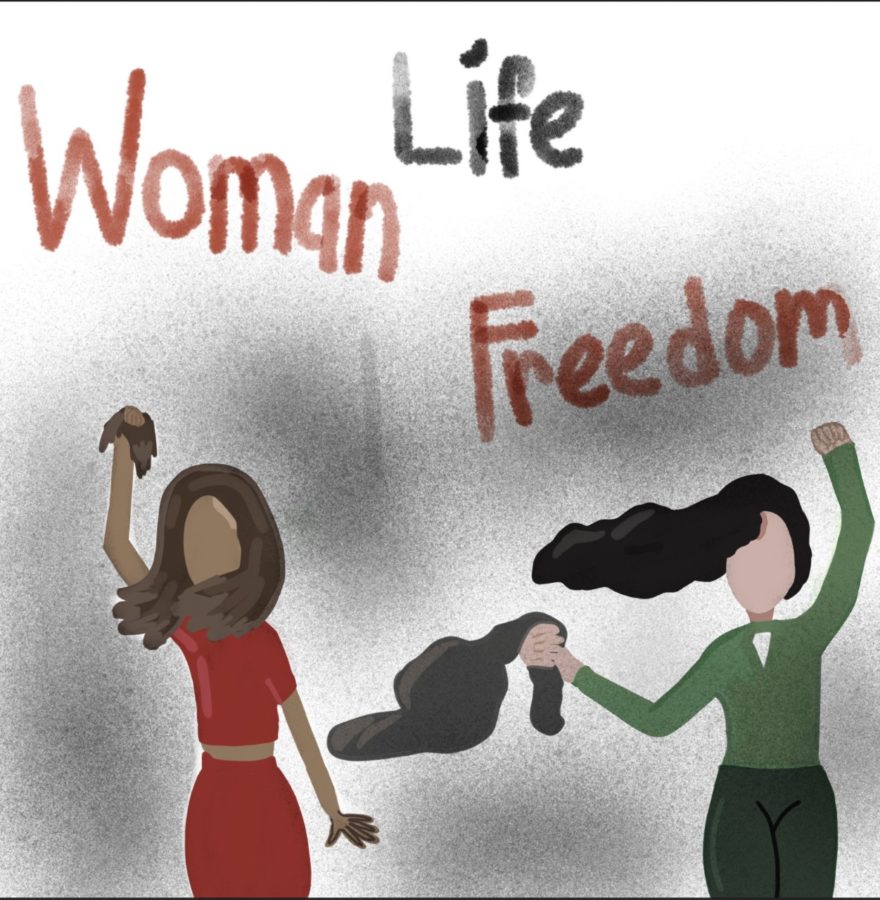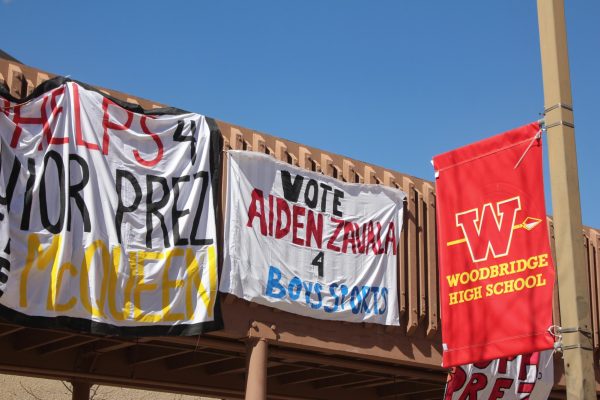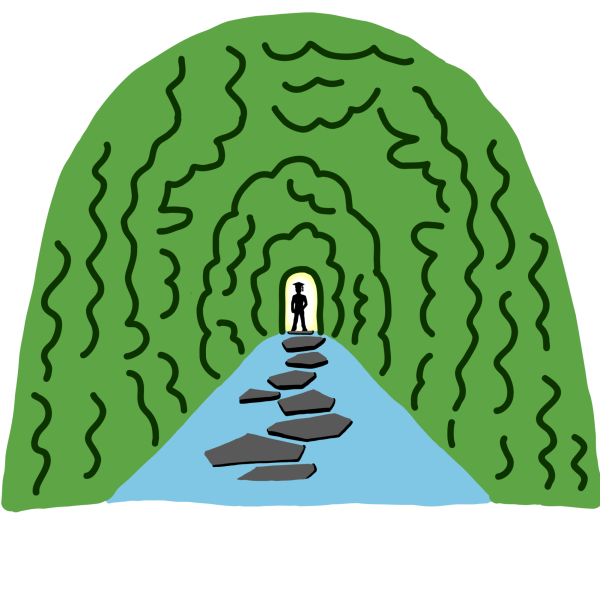The Death of Mahsa Amini Sparks Turmoil and Outrage
Demonstrations ensue worldwide as Iran’s unrest intensifies with the actions of the Iranian regime
Women of Iran rise in protest after the murder of Masha Amini, fighting for their rights.
On Sept. 16, 2022, 22-year-old Mahsa Amini died after being detained by Iran’s morality police for reportedly improperly wearing her hijab, a headscarf worn in public by women in Iran.
Senior Roksana Alizadeh was born and raised in Iran and familiarized herself with certain policies put in place by the Iranian regime following the Islamic Revolution of 1979, including the hijab policy.
“The hijab policy for women is put in place regardless of what religion they follow. They have to follow the specific dress code,” Alizadeh said.
Shortly following Mahsa Amini’s death, many demonstrations arose throughout the world that produced an overwhelmingly apprehensive feeling among individuals. Despite harsh repression by the Iranian dictatorship, the women who fought for their independence maintain a strong feeling of solidarity. Women are presently battling to overthrow this restrictive system in addition to gaining what some would consider their inherent rights, such as the ability to ride a bicycle and sing in public.
Protestors have courageously demonstrated peacefully while utilizing the slogan “Woman, Life, Freedom,” in order to gain attention to their cause. When the slogan was powerfully chanted at Mahsa Amini’s burial, it gained traction and promptly united people to fight for the rights of women.
Junior Deeba Ebrahimi stands with the individuals of Iran and the overarching goal of gender equality.
“Women and men are supposed to be equal. The morality police and [Iranian] government are acting against it and brutally killing innocent people,” Ebrahimi said.
History sees that life preceding the Islamic Revolution of 1979 was a bright, fruitful world for both women and men. Advancements in women’s rights ensued as women were participating members of society as well as the Iranian culture at large.
After conversations with her grandmother regarding life before the Islamic Revolution of 1979, junior Rachel Khorashadi acknowledged the freedom that came with living in the ‘70s in Iran.
“Things were a lot like they were in America. People were dressing in ‘70s attire, people had mustaches, the aesthetic of the ‘70s. It was not an oppressive place. It only became [oppressive] after the regime came into power,” Khorashadi said.
Following the Islamic Revolution of 1979, political supreme leader Ayatollah Khomeini envisioned a nation based on conservative principles, eventually depriving Iranian women of their rights and enforcing a hardline interpretation of Islamic social guidelines.
Alizadeh highlights the difference in the rights of women before and after the Islamic Revolution of 1979.
“Women had the same rights as men, such as being able to ride a bicycle…there were Persian women who were singers and had concerts in Iran,” Alizadeh said.
During this time, women’s rights organizations such as the Women’s Organization of Iran arose, highlighting growing efforts by Iranian women to proclaim their desires for suffrage.
While there is the overarching fight for women’s rights in Iran, Alizadeh recognized the multiple rights that are being fought for.
“A lot of people think that the only thing Persians are fighting for is not being required to wear the hijab…but it’s also for having the ability to show love and affection towards someone in public. Displaying affection towards the opposite gender is not allowed in Iran,” Alizadeh said.
According to The Economist, “ The [Iranian] protesters no longer demand bigger handouts or political reform within the system, but the overthrow of the theocracy.”
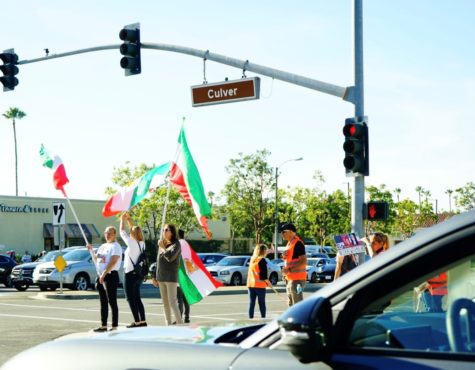
Protests currently continue by Iranian women, men and individuals around the globe, which include actions defying the Iranian government such as the burning of hijabs. Despite these large-scale physical protests, the issue of media silence still stands. In wake of the growing protests in Iran, the Iranian government blocked media access to the citizens of Iran. Unable to spread awareness on social media platforms or speak with relatives overseas, the media blackout poses a large setback to the goal of overthrowing the regime.
“It’s really hard to get videos of what’s actually happening in Iran which is why the news stations in England and America have been covering news about Iran, but the internet in Iran is shut down and banned by the government,” Alizadeh said.
When she first learned of the occurrences in Iran, Ebrahimi immediately thought of her family.
“I was worried about my family, because they live there and I don’t want anything bad to happen to them. I always hear news about what’s happening to kids the same age as me or even younger…I feel there’s no crime above this than to kill children,” Ebrahimi said.
Alizadeh felt a sense of worry and happiness upon discovering what had happened in Iran.
“I was really happy, because a lot of attention was finally brought to Iran. This was something we have been fighting for more than 40 years,” Alizadeh said. “It’s very tiring as a Persian and someone who was raised in Iran to see all of these problems, it makes my family and I very sad.”
Ebrahimi notes that it is not in the minds of demonstrators to disrespect any beliefs, but to spread awareness on a topic that raises apprehensive opinions while achieving a main goal to reverse the notion of a regime.
“We are not trying to disrespect anything. We just want the regime changed and to gain our basic freedom,” Ebrahimi said.
To learn more about the ongoing events in Iran and how to help, visit: https://time.com/6220894/how-to-help-protesters-iran/.
Your donation will support the student journalists of Woodbridge High School. Your contribution will allow us to purchase equipment and cover our annual website hosting costs.
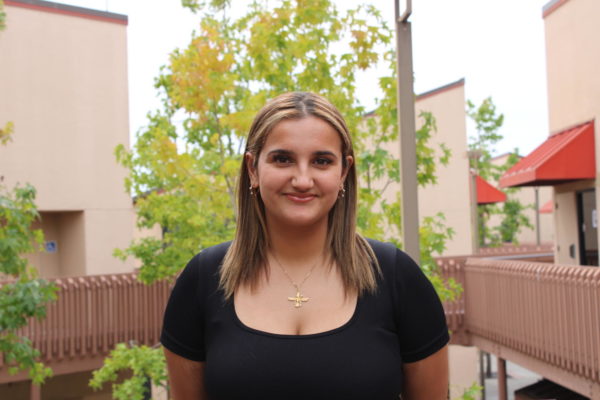
Hey Warriors! My name is Donya Yazdihan and I'm thrilled to serve as your Opinion Editor this school year. This will be my third and final year in the...
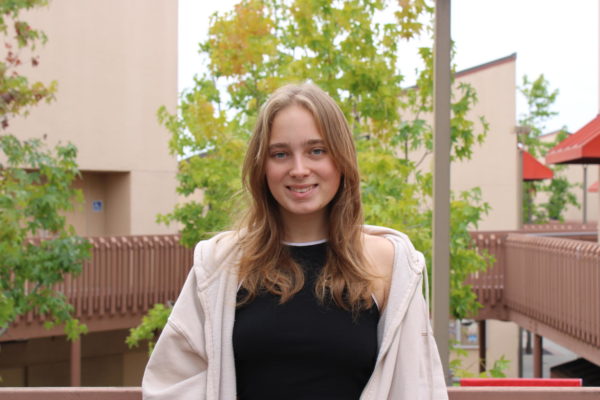
Hey, it's me Lisa. I am looking forward to a fun and creative year for Golden Arrow and making visuals for the newspaper. Things that inspire me are studio...
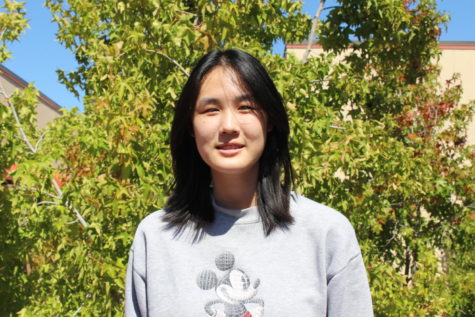
Hi Warriors! My name is Yejin Song and I'm excited to be joining the Golden Arrow this year as a staff illustrator and photographer. I've always been passionate...



